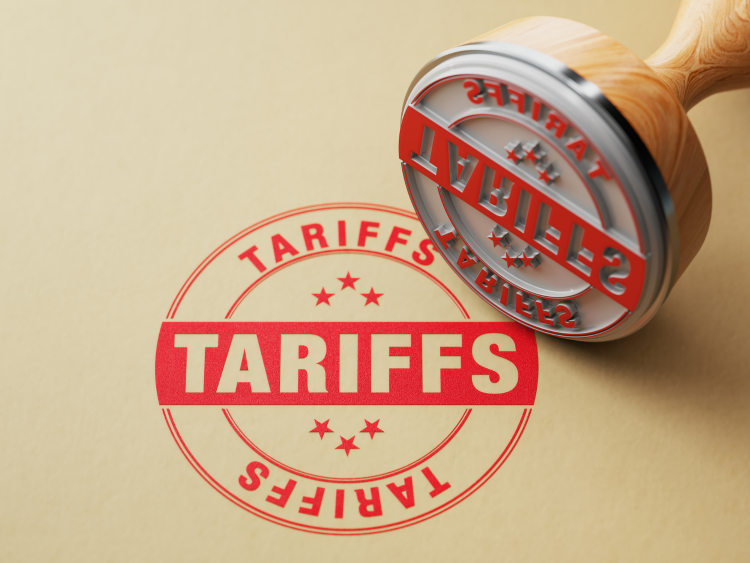Trade Cases

Leibowitz on Trade: The Latest on Circumvention, Retaliation
Written by Tim Triplett
May 20, 2018
Trade attorney and Steel Market Update contributor Lewis Leibowitz offers an update on the latest developments in Washington:
• Circumvention—On Thursday, the Commerce Department issued its long-awaited final determination in an anticircumvention inquiry under the antidumping and countervailing duty laws of the United States. The issue was whether cold-rolled and corrosion-resistant (CORE) flat rolled steel from Vietnam was “circumventing” the AD/CVD orders on Chinese product. After these orders were entered in 2015, imports of similar products into the U.S. surged. Domestic steel producers alleged that Chinese substrate was being sent to Vietnam and processed into cold rolled or CORE steel, which was then sent to the U.S. The final determination means that imports from Vietnam will be subject to AD/CVD measures applicable to China. The U.S. has stretched the circumvention concept in this case. It could be extended to many other products, not just steel.
Commerce has determined that changing hot rolled steel into CORE steel (which requires cold reduction as an intermediate step) is a process that is “minor or insignificant” under the circumvention statute. In making this decision, Commerce compared the investment required for cold rolling and/or coating to the cost of building an integrated steel mill in China. On that basis, AD/CVD orders on hot rolled steel could be expanded not only to third country production, but Chinese production, as well. Any processing of steel after steelmaking is small by comparison. It’s comparable to saying that making brownies would be a “circumvention” of an AD/CVD order on sugar, because making brownies is a small investment compared to a sugar plantation, mill and refinery. It is a controversial decision and is very likely to wind up before the U.S. Court of International Trade and the WTO.
• Retaliation—On Friday, it became clear that the end game for steel and aluminum tariffs is approaching. The EU, Japan and Turkey all announced plans to impose retaliatory tariffs against U.S. exports. The EU announced tariffs on $3.34 billion of trade effective June 20, and another $4.22 billion effective March 23, 2021, the third anniversary of the U.S. measures. The second tranche of tariffs would apply if the U.S. measures are still in force at that time.
Japan announced its intention to impose retaliatory tariffs on $450 million of U.S. exports. A filing in the WTO in Geneva is expected next week. Turkey announced retaliatory tariffs on trade valued at $1.8 billion. All countries will apply tariffs on U.S. exports equivalent in value to the trade affected by the U.S. tariffs on steel and aluminum. China has already retaliated on about $3 billion of U.S. exports. India has announced a list of goods exported from the U.S. valued at $165 million.
All five countries are imposing these “withdrawals of concessions” under Article 8 of the WTO Agreement on Safeguards, which permits such retaliation against Safeguard measures if affected countries cannot agree on the appropriate rebalancing of concessions after Safeguard measures are imposed. The General Agreement on Tariffs and Trade does not have detailed instructions for appropriate responses to national security tariffs, which the U.S. claims is the basis for the measures on steel and aluminum. The U.S. has taken the view that national security measures are not reviewable in the WTO and may not be the basis for any withdrawal of tariff concessions. This will be litigated.
Some are saying that these announcements are intended to pressure the United States into making deals before June 1 to exempt these countries from steel and aluminum tariffs. The U.S. has indicated that quotas must be accepted if tariffs are to be avoided. The discussions between the EU and the United States have thus far produced an impasse. U.S. trading partners have called the national security rationale absurd, which is why they are treating the tariffs as Safeguard measures. This could mean a serious escalation of trade tensions over the next 30 days.
Lewis Leibowitz
The Law Office of Lewis E. Leibowitz
1400 16th Street, N.W.
Suite 350
Washington, D.C. 20036
Phone: (202) 776-1142
Fax: (202) 861-2924
Cell: (202) 250-1551
www.lellawoffice.com

Tim Triplett
Read more from Tim TriplettLatest in Trade Cases

Price: Expect new trade shocks as Trump’s ‘reciprocal’ tariff negotiations continue
President Trump cast a wide net with the proposed, reciprocal tariffs. The negotiating stage will be critical to determining the success of his strategy. And for those suffering tariff whiplash, don’t expect the pace of change to slow down just because the reciprocal tariffs are entering a negotiating phase.

SMU Survey: Less support seen for Trump tariff policies
Meanwhile, an increasing number think it's too early to say whether the penalties are going to bring more manufacturing to the US.

CRU: USW seeks exclusion for Canada from Trump’s tariffs
The union is also urging stronger enforcement against countries such as China which break trade rules, and a coordinated Canada-US strategy to protect union jobs across the North America

Price on trade: A lot happened last week – and it wasn’t all about tariffs
Should foreign investment be allowed to reshape the American steel Industry? Not to be lost in the recent on-again-off-again tariff frenzy, Nippon Steel’s proposed takeover of U.S. Steel has also found itself in President Trump’s crosshairs when it comes to trade and industrial policy. Nippon Steel initially announced its nearly $15-billion bid for U.S. Steel […]

Trump signs executive order aimed at making US shipbuilding ‘great again’
President Trump on Wednesday signed an executive order meant to breathe new life into American shipbuilding and curb Chinese dominance in the sector.
